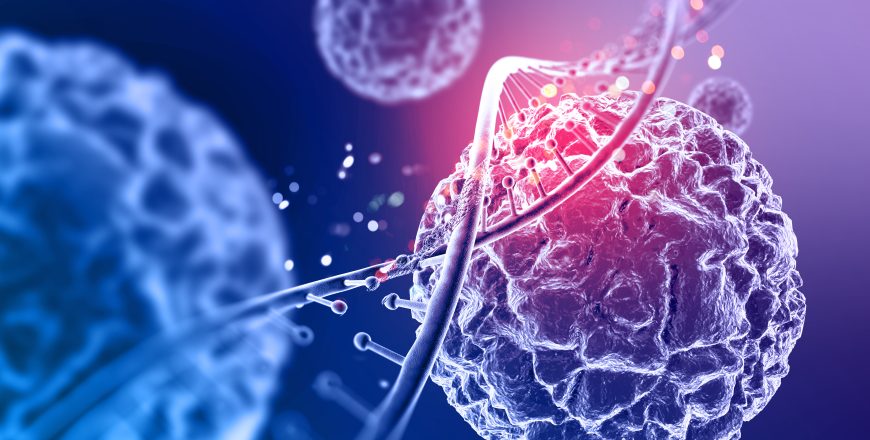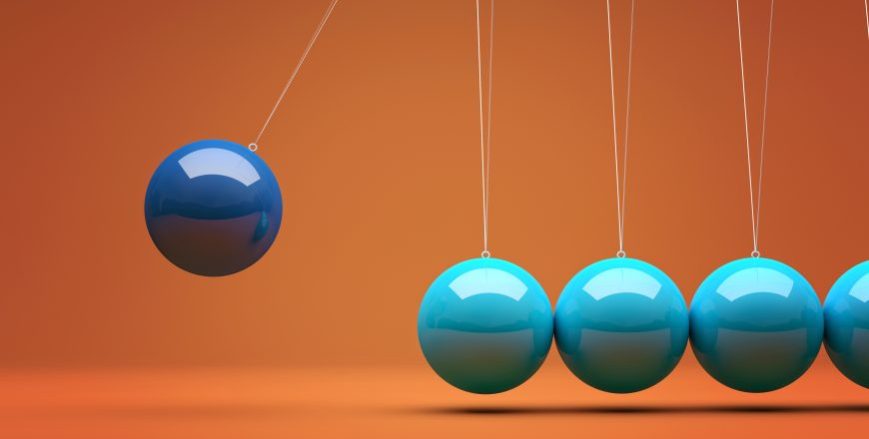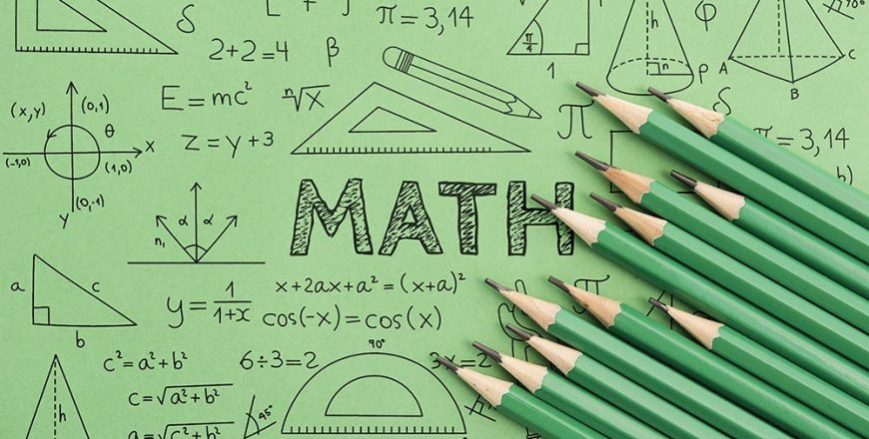BIOLOGY GRADE 11

- Biological Classification
- Plant Kingdom
- Animal Kingdom
- Morphology of Flowering Plants
- Anatomy of a Flowering Plant
- Structural Organisation in Animals
- Cell : The Unit of Life
- Biomolecules
- Transport in Plants
- Photosynthesis in Higher Plants
- Respiration in Plants
- Plant Growth and Development
- Digestion and Absorption
- Cell Cycle and Cell Division
- Mineral Nutrition
- Breathing & Exchange of Gases
- Body Fluids and Circulation
- Excretory Products and Their Elimination
- Locomotion and Movement
- Neural Control and Coordination
- Chemical Coordination and Integration
- The Living World
Biological Classification
2
Kingdom Protista
3
Kingdom Fungi
4
Kingdom Fungi; Continued…
Plant Kingdom
1
Chlorophyceae
2
Types of Algae
3
Bryophytes
4
Pteridophyta and Gymnosperms
5
Angiosperms
Animal Kingdom
1
Introduction
2
Levels of Organisation
3
Phylums – Part 1
4
Phylums – Part 2
5
Superclass – Part 1
6
Superclass – Part 2
Morphology of Flowering Plants
1
Introduction
2
The Stem
3
Leaves
4
Parts of a Flower
5
The Fruit
6
Semi Description of a Typical Flowering Plant
Anatomy of a Flowering Plant
1
Introduction
2
Complex Permanent tissues
3
Tissue System Based on Location
4
T.S. of Dicot and Monocot Stem and Leaf
5
Secondary Growth
Structural Organisation in Animals
1
Introduction
2
Muscle and Neural Tissues
3
Earthworm – Part 1
4
Earthworm – Part 2
5
Cockroach – Part 1
6
Cockroach – Part 2
7
Frog – Part 1
8
Frog – Part 2
Cell : The Unit of Life
1
Introduction
2
Eukaryotic Cell – Its Parts (a)
3
Eukaryotic Cell – Its Parts (b)
4
Mitochondria and Plastids
5
Ribosomes; Cilia and Flagella
6
Centrosomes and Centrioles; Nucleus
Biomolecules
1
Introduction
2
Chemical Analysis;Biomicromolecules & Biomacromolecules – polysaccharide
3
Proteins
4
Concept of metabolism
5
Enzymes;Classification and Nomenclature
Transport in Plants
1
Introduction
2
Osmosis; Plasmolysis
3
Long distance Transport of Water
4
Water Movement Up a Plant
5
Uptake of Minerals – Phloem
Photosynthesis in Higher Plants
1
Introduction
2
Light Reaction; Difference between PS I and PS II
3
Chemiosmosis Hypothesis
4
Calvin Cycle
5
Photorespiration
Respiration in Plants
1
Introduction
2
Fermentation; Kreb’s Cycle
3
Electron Transport System
Plant Growth and Development
1
Introduction
2
Growth Hormones Germination & Development – Part 1 ; Plant Growth Regulators
3
Growth Hormones – Part 2
Digestion and Absorption
1
Digestive Glands – Part 1
2
Digestive Glands – Part 2
3
Chemical Process of Digestion – Part 1
4
Chemical Process of Digestion – Part 2
5
Digestion as Hormonal and Neural Activity; Absorption – Part 1
6
Absorption – Part 2
7
Disorders of Digestive System- Part 1
8
Disorders of Digestive System- Part 2
9
Digestive System
10
Teeth; Wall of Alimentary Canal; Malnutrition
Cell Cycle and Cell Division
1
Introduction
2
Meiosis; Meiosis – I
Mineral Nutrition
1
Introduction
2
Mechanism of Absorption; Nitrogen Fixation
Breathing & Exchange of Gases
1
Introduction
2
Human Respiratory System
3
Mechanism of Breathing
4
Respiratory Volumes & Capacities
5
Exchange of Gases
6
Transport of Gases(Oxygen)
7
Transport of Gases(Carbon Dioxide);Regulation of Respiration
8
Disorders of Respiratory System
Body Fluids and Circulation
1
Introduction
2
Blood & RBC ;WBC;Platelets
3
Blood Groups;Rh Grouping
4
Coagulation of Blood and Lymph
5
Circulatory Patterns;Circulatory Pathway
6
Human Circulatory System; Heart & Cardiac Muscular
7
Cardiac Cycle
8
Stethoscope;ECG
9
Double Circulation ; Hepatic Portal System
10
Regulation of Cardiac Activity
11
Disorders of Circulatory System
Excretory Products and Their Elimination
1
Introduction
2
Human Excretory System
3
Urine Formation
4
Functions of Tubules
5
Mechanism of Concentration of Filtrate
6
Regulate of Kidney Function
7
Micturition
8
Role of Other Organs in Excretion
9
Disorders of Excretory System – Part 1
10
Disorders of Excretory System – Part 2
Locomotion and Movement
1
Introduction
2
Different Types of Movement in Humans
3
Types of Muscles
4
Examining Skeletal Muscles
5
Structure of Contractile Proteins
6
Mechanism of Muscle Contraction
7
Muscle Fatigue; Types of Muscle Fibers
8
Skeletal System – Bones
9
Vertebral Column and Its Functions; Ribs
10
Appendicular System – Part 1
11
Appendicular System – Part 2; Joints – Part 1
12
Joints – Part 2
13
Disorders of Musculoskeletal System – Part 1
14
Disorders of Musculoskeletal System – Part 2
Neural Control and Coordination
1
Introduction
2
Neural System
3
Structure of Neuron; Types of Neuron
4
Types of Axons; Generation and Conduction of Nerve Impulses
5
Mechanics of AP Conduction & Impulse Conduction; Transmission of Impulses
6
Types of Synapses; CNS; Functions of Brain
7
Layers of the Brain; Parts of Brain
8
Sagittal Section of Brain; Forebrain
9
Thalamus, Hypothalamus; Limbic Lobe
10
Midbrain; Hindbrain
11
Reflex Action 7 Reflex Arc; Sensory Reception & Processing
12
Structure of Eye – Part 1
13
Retina; Structure of Eye – Part 2
14
Mechanism of Vision
15
Structure of Ear – Outer Ear
16
Structure of Ear – Middle Ear & Inner Ear
17
Structure of Ear
18
Mechanism of Hearing; Functions
Chemical Coordination and Integration
1
Introduction
2
Hypothalamus
3
Pituitary Gland
4
Hormones of Pituitary Gland
5
Gonadotrophins, Melanocyte Stimulating Harmone
6
Oxytocin, Vasopressin, Pineal Gland
7
Thyroid Gland – Part 1
8
Thyroid Gland – Part 2
9
Parathyroid Gland
10
Disorders of Parathyroid Gland;Thymus
11
Adrenal Gland
12
Hormones of Adrenal Gland
13
Pancreas
14
Insulin
15
Testis
16
Ovary
17
Hormones of Other Organs
18
Mechanism of Hormone Action
The Living World
1
The Living World
2
Nomenclature
Be the first to add a review.
Please, login to leave a review






